How drought led
to the rise of skateboarding in 1970s California
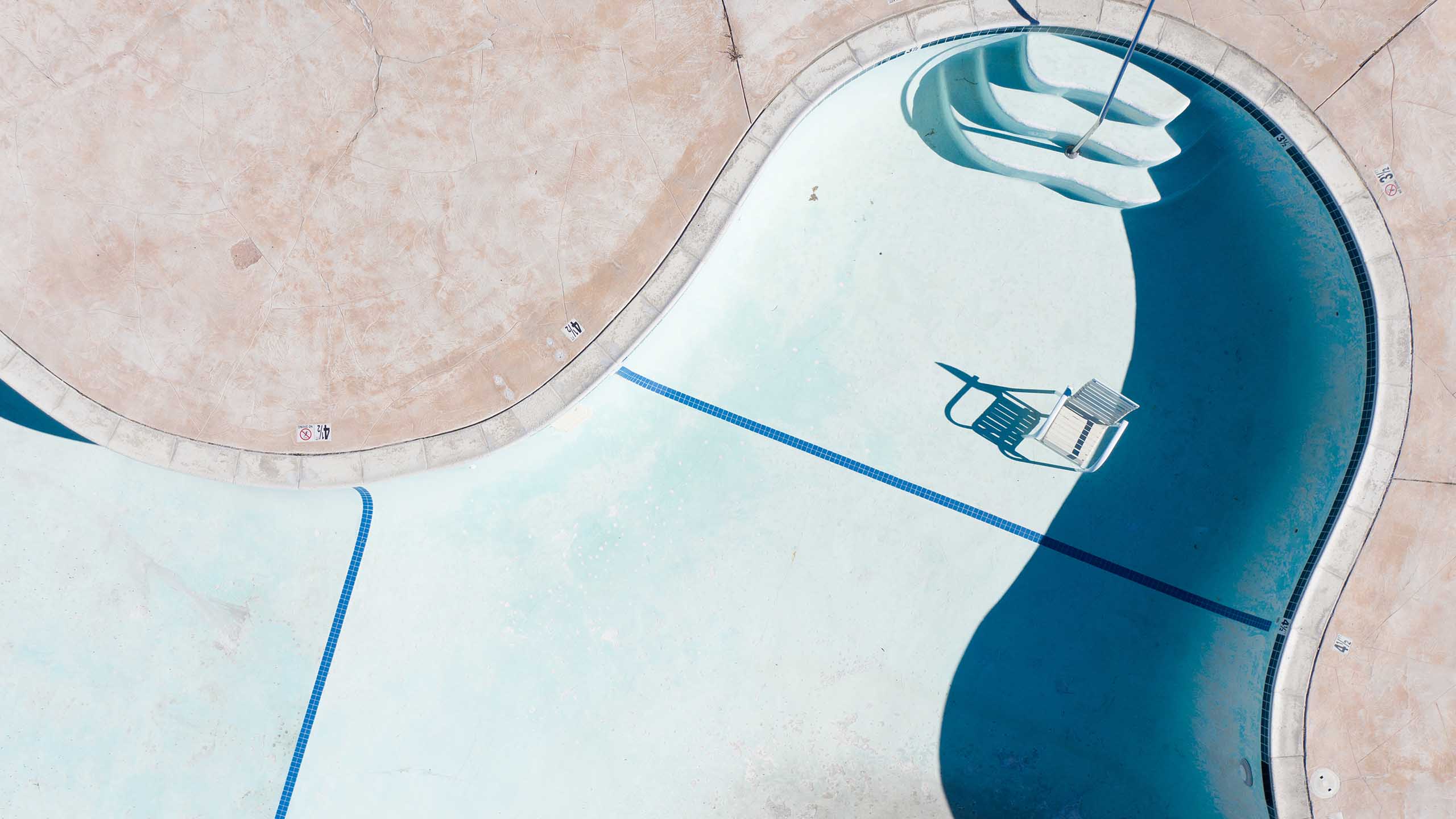
Why did professional skateboarding arise in southern California in the 1970s? Was it a coincidence, or was it a perfect storm of multiple factors?
It’s fairly well-known that a drought in southern California in the mid-1970s led to a ban on filling backyard swimming pools, and these empty pools became playgrounds for freestyle skateboarders in the greater Los Angeles area. But a new cross-disciplinary study from the University of Cambridge shows that beyond the drought, it was the entanglement of environmental, economic and technological factors that led to the explosive rise of professional skateboarding culture in the 1970s.
The authors say that professional skateboarding could not have started anywhere else, at any other point in time. Their study, reported in the journal PNAS Nexus, shows how small environmental changes can have profound effects on human behaviour, and stimulate cultural and technical innovation. Even the rise of popular pastimes such as skateboarding are the result of the deep relationships between humans and the climate.
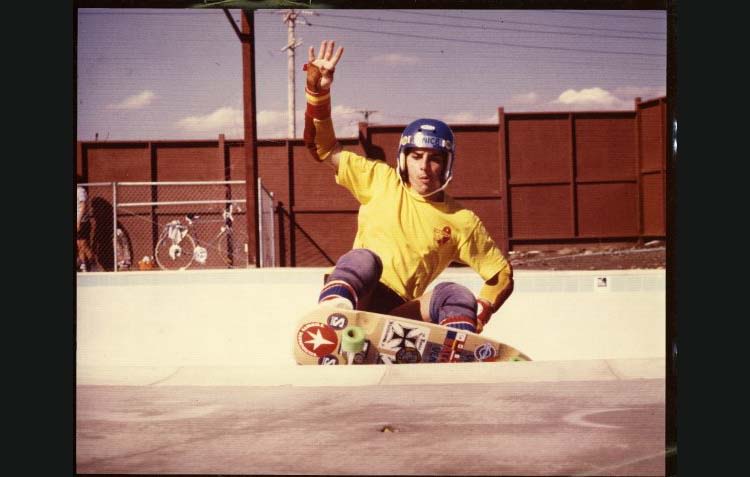
Marina Skatepark Dogbowl 1978. Credit: Bob Bekian
Marina Skatepark Dogbowl 1978. Credit: Bob Bekian
“We often look into the past to make associations between climate and society, but as we go further back in time, the evidence for those associations gets thinner,” said lead author Professor Ulf Büntgen from Cambridge’s Department of Geography. “We wanted to find a more modern example that can show how climate affects human behaviour, where we had lots of data to look at, which is how we ended up studying skateboarding.”
California has a highly variable climate, and in the 1970s, it experienced a period of prolonged drought. Although this period of drought was not exceptional when looking at conditions over a thousand-year period, it was exceptional in the short-term: 1977 was California’s driest year of the 20th century. The Colorado and Sacramento Rivers, which are vital to the state’s water supply, were both at exceptionally low levels.
The drought resulted in estimated losses of $3 billion in California’s massive agricultural sector, and the state’s reservoir storage reached a record low in 1977. The state’s water agencies responded by mandating severe cuts, including a ban on filling backyard swimming pools.
While swimming pools are almost synonymous with California today, in the 1970s, they were still relatively new to many families. The widespread economic prosperity of post-World War II America, combined with radical changes in urban planning regulations, resulted in the construction of more than 150,000 swimming pools in California during the 1960s.
Kidney-shaped pools were particularly trendy during this period: up to 20,000 of these pools were installed per year in the greater Los Angeles region, accompanying a housing boom of single-family home construction. Soon, the new, curved-walled swimming pools in the suburbs of LA accounted for 60% of all pools in California.
When the California drought took hold in the 1970s, many of these kidney-shaped pools were empty, making them ideal playgrounds for freestyle skateboarders in the LA area. Skateboarding had been a hobby for teens since the 1950s and 1960s, but in the 1970s, the freestyle scene exploded in popularity. Freestyle borrowed much of its style from surfing, and California was the epicentre of US surf culture.
“The popularity and influence of surf culture was completely vital to the rise of skateboard culture, which is why it could have only happened in southern California,” said Büntgen. “You could have had the same drought, the same pools in somewhere like Phoenix, but since Phoenix doesn’t have an embedded surf culture, professional skateboarding couldn’t have originated there.”
Another ingredient in the rise of professional skateboarding came from the chemical industry, which began industrial production of polyurethane in the 1950s, underpinning a revolution in sports equipment. By the 1970s, polyurethane was being used for skateboard wheels, giving them excellent grip and toughness. The polyurethane wheels allowed skaters to make faster turns at higher speeds than they could with earlier steel wheels.
The combination of improved equipment, the influence of surf culture, and empty kidney-shaped pools, among many other factors, led to the rise of what was initially referred to as ‘vertical’ skating. The empty pools allowed skaters to land gravity-defying tricks, and professional skating teams such as the Zephyr Competition team, known as the Z-boys, began to emerge.
By the end of the decade, the sport had professionalised considerably. The pages of Skateboarder magazine showed the extraordinary pace of change in the skating community between 1975 and 1979. Major skateboard companies were founded in this period and the sport began to influence music and fashion.
“California is well-known for its entrepreneurial culture, which also helped popularise skateboarding,” said Büntgen. “These kids took risks and started businesses, some of which are still major players in the industry today.”
In the 1980s, skateboarding became a global industry. The development of hand-held consumer video cameras enabled commercial skateboard videography, which helped make the sport popular worldwide. Skateboard movies such as Bones Brigade (1984) and Shackle Me Not (1988) were made, and skaters such as Tony Hawk, Danny Way and Tony Magnusson became global media stars. Almost 50 years after it started in earnest, skateboarding is now a multibillion-dollar industry, and led to the rise of snowboarding, another multibillion-dollar industry.
“We often think about the negative effects of climate change, and those are deeply worrying when we look at current trends,” said Büntgen. “But our study shows that local climate triggers can have unexpected, and major, impacts on human society, and not all of them are negative – in this case, a drought in California led to the development of a huge industry.
“When you look a bit deeper, it confirms our thinking that climate and environmental factors deeply influence society. These developments are not random – in the case of skateboarding, you needed each one of the ingredients to exist in the same place and time. It couldn’t have happened ten years earlier, ten years later, or a few hundred miles away.”
Reference:
Ulf Büntgen et al. ‘Drought as a trigger of the rapid rise of professional skateboarding in 1970s southern California.’ PNAS Nexus (2023). DOI: 10.1093/pnasnexus/pgad395
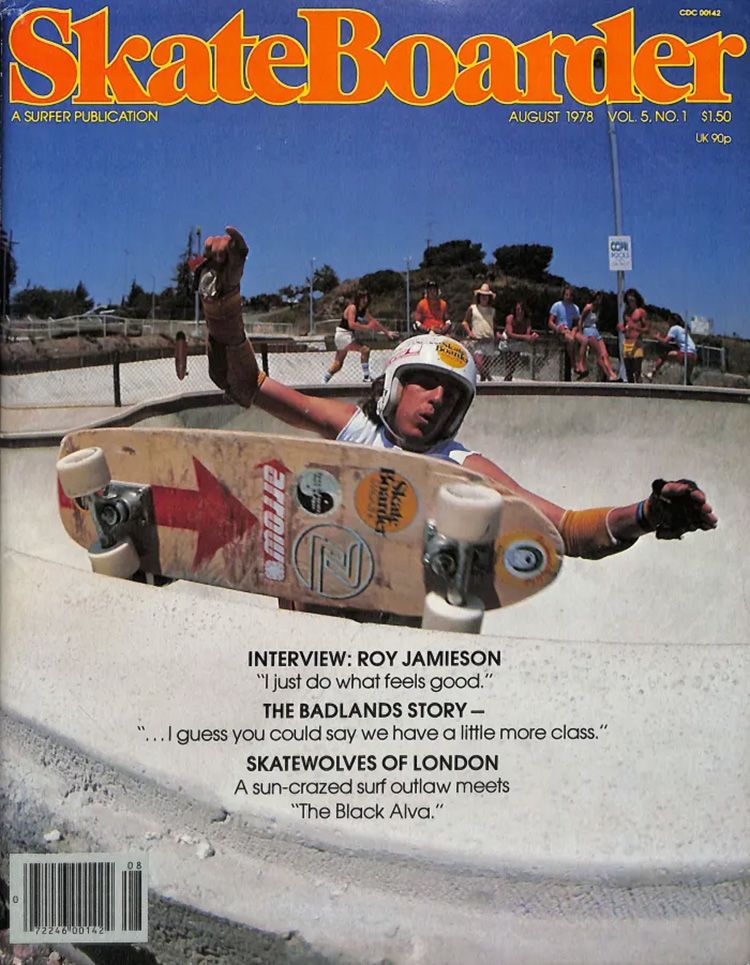

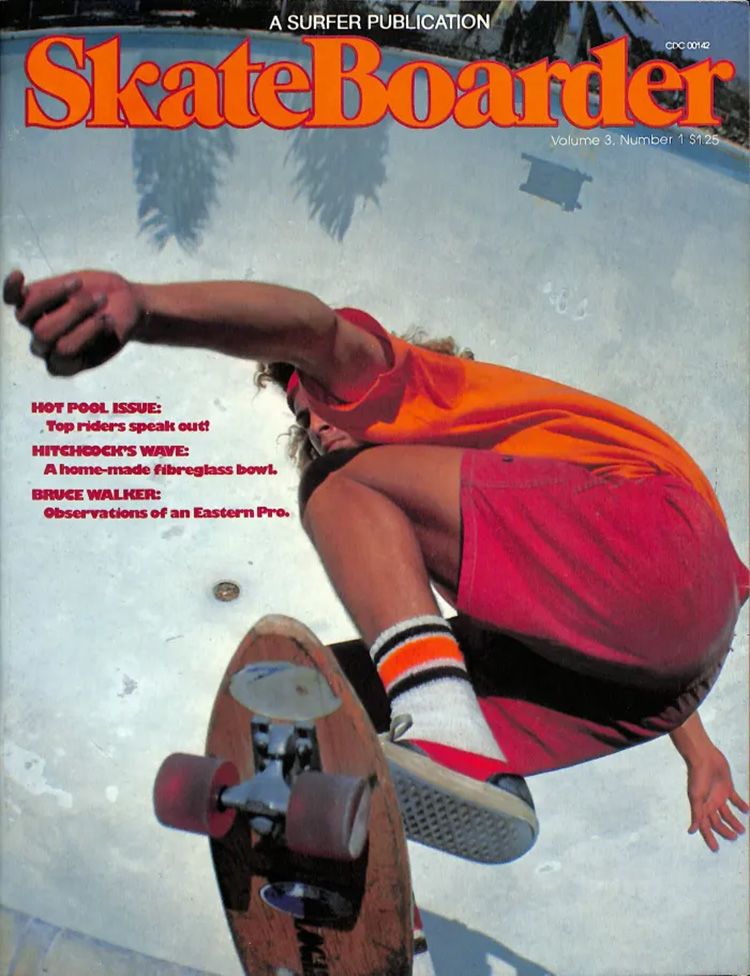
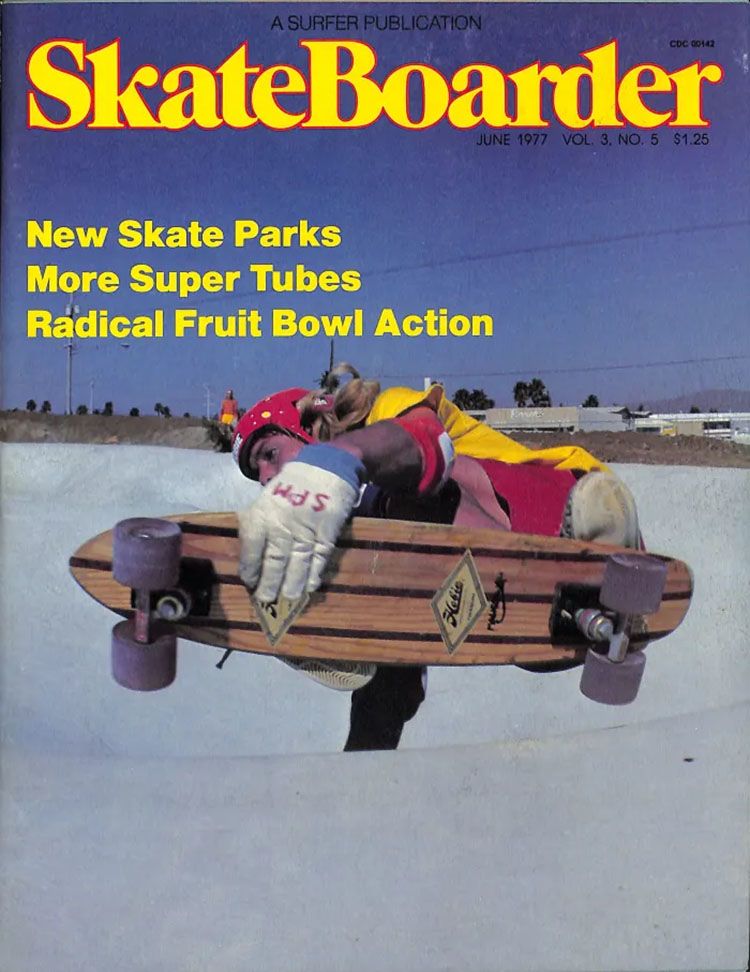
Images (top to bottom):
Deserted pool by Brandon Colbert Photography, via Getty Images
Marina Skatepark Dogbowl 1978 by Bob Bekian
Beverly Hills pool skating via RSK8 YouTube channel
Covers of Skateboarder Magazine via Skateboarding.com
The text in this work is licensed under a Creative Commons Attribution 4.0 International License
